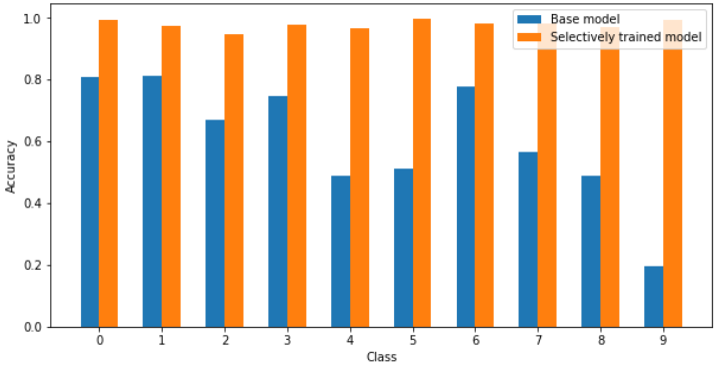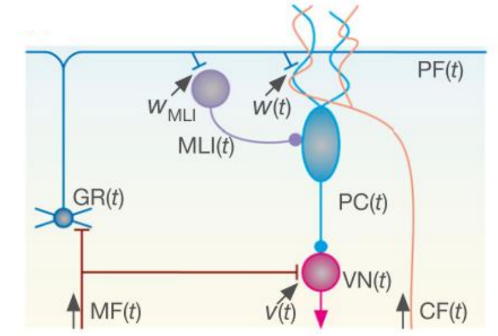Marcelo Beramendi Caballero
Main Projects
Predicting the amount of food swallowed during Aplysia californica feeding from neural recordings
Thanks to our extensive knowledge of Aplysia californica’s neurons and muscles, it is currently possible to make great qualitative predictions of its feeding behavior. Just by looking at its neural firing patterns, we can know whether it is going to bite, swallow, or reject food. However, it is currently not possible to make quantitative predictions of these behaviors. For example, by looking at the neural activity, we can tell the animal is going to swallow food, but we don’t know how much food it will swallow. In this project, I created a biomechanical model capable of making these quantitative predictions from neural recordings.
Modeling the heating process of Aplysia californica's pleural-abdominal nerve under infrared inhibition
One of the current problems when studying infrared inhibition is that before experiments are made, there is no way of knowing how much temperature change the nerve will experience under a particular laser average power. This can have undesired effects if, for example, the selected IR power is too high and kills the nerve. In order to address this problem, we developed a mathematical model capable of giving us a general idea of what the temperature change will be for any IR power before IR light is applied. This model serves as a great starting point for increasing size-selectivity during neuromodulation. Since axons with smaller diameters are inhibited at lower temperatures, being able to predict what the maximum temperature change will be allows us to choose what range of axon diameters we want to target.
Studying semantic representations of neural networks with class-specific adversarial training
Why does adding insignificant amounts of noise, which are imperceptible to the human eye, drastically decrease the accuracy of image classification models? In order to answer this question, it would be useful to think about the effect of noise in neural network’s semantic representations of images. With that goal in mind, I developed a method in which models are trained on their regular training set plus adversarial examples of only a few classes. We found that while this form of adversarial training only improved the performance on adversarial examples of the selected classes in models like LeNet, models like MobileNetV2 improved their performance across adversarial examples of every single class, even though the training set did not include adversarial examples of all classes.

This model was only trained on adversarial examples of classes 0, 5 and 9, but its performance on adversarial examples increases for all classes.
Independent Projects
Modeling the propagation of political beliefs in social networks
The goal of this project is to study the factors that drive ideological change in social networks. Using an agent-based modeling approach, we model the political beliefs of individuals using beta distributions. Belief propagation is simulated through conversations, where “evidence” is sampled based on the conversation partner’s beliefs and used to modify the posterior distribution of the participants. These conversations serve as the interactions between agents in large-scale social networks.
While condensing the complexity of political beliefs into a beta distribution is a large oversimplification, our results show that it is enough to generate complex social dynamics that emerge from the interactions between individuals. We were able to replicate real-world phenomena, like the formation of radical echo chambers, and the influence of news media in the beliefs of populations. Our results can be seen in the project report.
Motor learning of the optokinetic response
The optokinetic response (OKR) is a series of rapid eye movements that occurs when the environment around us changes very quickly. Studying OKR allows us to get a better understanding of how the eyes work in combination with the brain to process visual information. This project is based on the paper “Modeling Memory Consolidation During Posttraining Periods in Cerebellovestibular Learning” (Yamazaki et al., 2015) , where authors developed a simple model of the cerebellar network.
We reimplemented the model in MATLAB, and used it to further explore questions related to memory formation during and after OKR training. We were able to arrive at several new insights about the role of the cerebellar circuit in improving the optokinetic reflex. For example, we found that in PF-LTD deficient mice, which are unable to form long-term memories, having more short periods of training was better at increasing OKR gain than having less but longer periods of training, as seen in the figure to the bottom right. Our results and explanations can be found in the project report.

Cerebellar circuit visualization (Yamazaki et al., 2015). Variables defined in the report.

The effect of different training paradigms in short-term memory formation.
